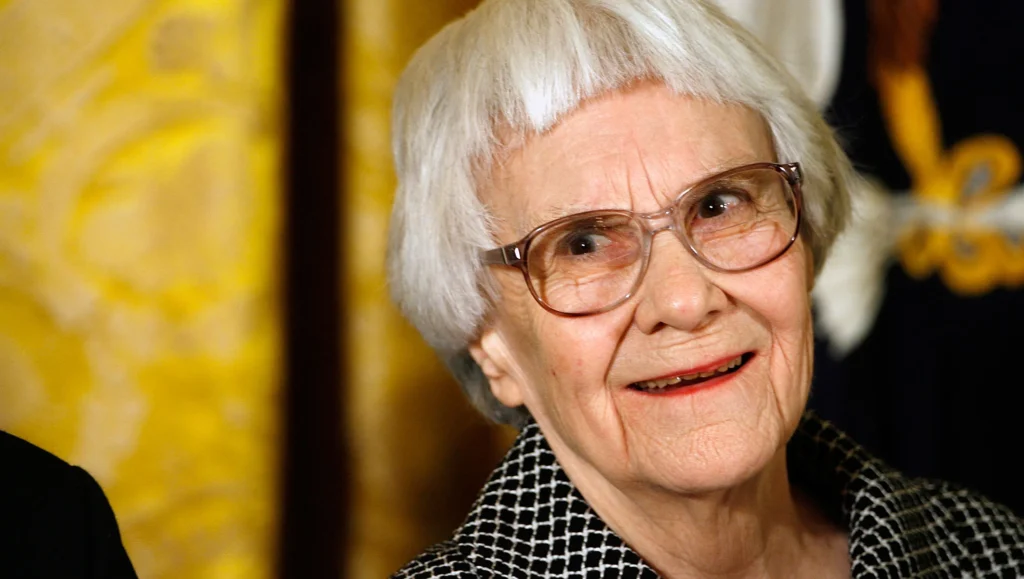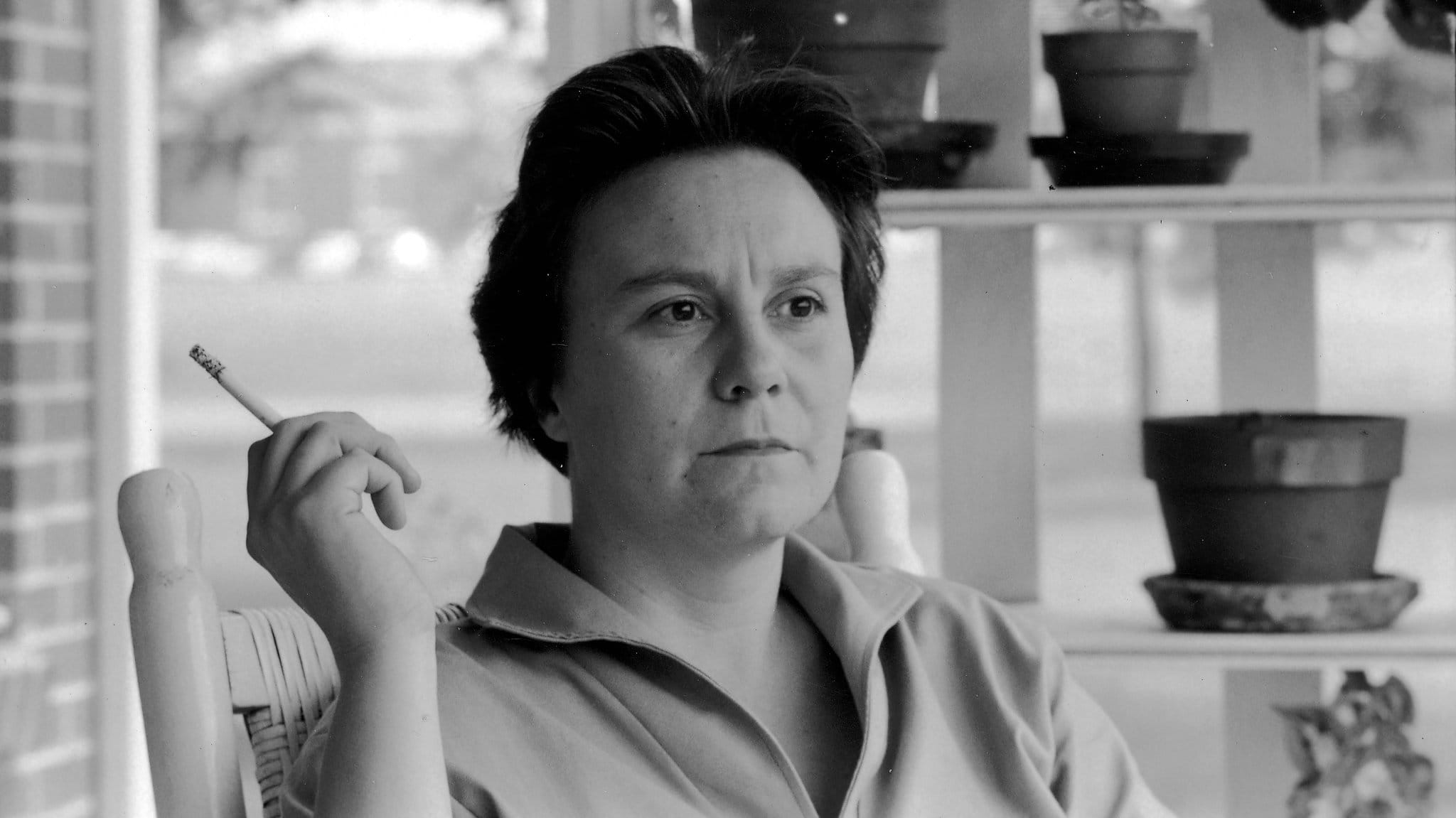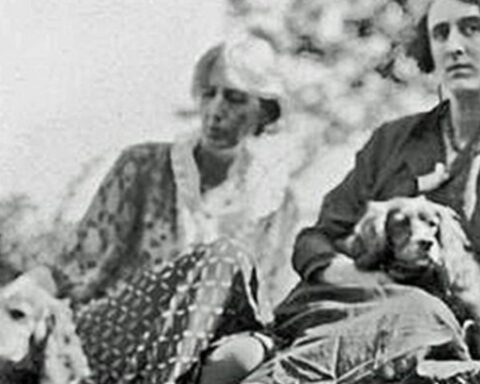Harper Lee, an emblematic figure in American literature, is revered for her profound insights into human nature and societal constructs, encapsulated within the pages of her seminal works. Born on April 28, 1926, in Monroeville, Alabama, Lee’s literary journey is indelibly marked by her singular novel, “To Kill a Mockingbird,” published in 1960, and its posthumous companion, “Go Set a Watchman,” released in 2015. These works, steeped in the socio-political milieu of the American South, offer a vivid exploration of themes such as racial injustice, moral growth, and the loss of innocence.
“To Kill a Mockingbird”
“To Kill a Mockingbird” stands as a paragon of modern American literature, earning both the Pulitzer Prize for Fiction in 1961 and a place in the hearts of readers worldwide. Narrated through the innocent yet perceptive eyes of young Scout Finch, the novel unfolds in the fictional town of Maycomb, Alabama, during the 1930s—a period marked by the Great Depression and entrenched racial prejudices.
The narrative pivots around the trial of Tom Robinson, an African American man falsely accused of raping a white woman, Mayella Ewell. Through the character of Atticus Finch, Scout’s father and a principled lawyer, Lee elucidates the moral complexities of justice and the imperative of empathy. Atticus emerges as a moral beacon, imparting lessons of integrity and courage to his children, while navigating the treacherous waters of societal intolerance.
Lee’s prose is characterized by its lyrical quality, deftly intertwining humor and pathos. The novel’s rich tapestry of characters—ranging from the enigmatic Boo Radley to the menacing Bob Ewell—serves to illuminate the multifaceted nature of humanity. The thematic undercurrents of moral courage and social justice resonate profoundly, prompting readers to reflect on their own ethical compasses.
One of the most poignant aspects of “To Kill a Mockingbird” is its exploration of the concept of empathy. Atticus Finch famously advises Scout to “climb into another person’s skin and walk around in it,” encapsulating the novel’s core message about understanding and compassion. This imperative becomes increasingly vital as Scout and her brother, Jem, navigate the complexities of their community, witnessing the harsh realities of prejudice and discrimination.
The setting of Maycomb itself is almost a character in its own right, with Lee’s vivid descriptions providing a backdrop that reflects the social hierarchies and tensions of the time. The slow-paced, insular town embodies both tradition and stagnation, serving as a microcosm of broader societal issues. Through Scout’s eyes, readers are invited to witness the juxtaposition of childhood innocence against the stark realities of adult moral failures, creating a deeply resonant narrative.
Moreover, the novel’s structure, with its intertwining narratives of childhood adventures, family dynamics, and the trial, enhances the thematic depth. The coming-of-age story weaves seamlessly with the larger social commentary, allowing Lee to explore the intersection of personal and collective histories. The subtle yet powerful use of symbolism, particularly the mockingbird, serves as a metaphor for innocence destroyed by evil, further enriching the text’s moral tapestry.

“Go Set a Watchman”
In 2015, the literary world was abuzz with the publication of “Go Set a Watchman,” a novel that serves as a sequel and, in some interpretations, a precursor to “To Kill a Mockingbird.” Written in the mid-1950s but unpublished until decades later, this work presents an older Scout, now an adult grappling with her disillusionment regarding her father and the societal values of her youth.
The narrative unfolds as Scout returns to Maycomb from New York City, confronting the stark realities of her community and her father’s fraught legacy. Atticus Finch, once portrayed as an unequivocal moral hero, is revealed to harbor deeply ingrained prejudices, challenging the idealized image that readers held. This dissonance between Scout’s childhood perceptions and her adult realizations encapsulates the theme of moral ambiguity and the complexities of human character.
The title itself, derived from a biblical exhortation to heed moral guidance, encapsulates the essence of the struggle for self-awareness amidst external pressures. In “Go Set a Watchman,” Lee delves into the intricacies of identity, as Scout grapples with her place in a society that is both familiar and alien. The juxtaposition of her progressive ideals cultivated in the North against the conservative mores of her Southern upbringing creates a palpable tension throughout the narrative.
Lee’s portrayal of Atticus in this sequel invites a reevaluation of heroism and morality. The once-revered figure now embodies the contradictions inherent in human nature, as he navigates the complexities of race relations in a changing America. Scout’s confrontation with her father’s fallibility serves as a catalyst for her own moral awakening, prompting her to reassess her understanding of justice and integrity.
Furthermore, “Go Set a Watchman” resonates with contemporary audiences by reflecting ongoing conversations about race, privilege, and the struggle for social equity. The novel’s exploration of the painful realities of growing up and the disillusionment that can accompany it adds a layer of depth to Lee’s narrative universe, reinforcing the notion that moral clarity is often elusive.

The Literary Universe of Harper Lee
Harper Lee’s literary universe is not merely confined to her two major works; it encompasses a rich interplay of themes, motifs, and ethical dilemmas that resonate across her narratives. Central to her oeuvre is the exploration of racial dynamics, particularly the systemic injustices that pervade American society. Lee’s acute observations shed light on the pernicious effects of prejudice and the imperative for compassion in the face of adversity.
Moreover, Lee deftly navigates the complexities of childhood and the transition into adulthood. The juxtaposition of innocence and experience is a recurring motif, as her characters grapple with the loss of naiveté and the awakening of moral consciousness. The interplay between individual and collective identity further enriches her narratives, prompting readers to contemplate their roles within the broader societal framework.
In addition to her exploration of societal issues, Lee’s works also delve into familial relationships, particularly the bonds between parents and children. The dynamic between Atticus and his children serves as a lens through which readers can examine the impact of upbringing on moral development. Atticus’s steadfast principles, juxtaposed with the societal norms of Maycomb, create a rich dialogue about the responsibilities of parenting and the transmission of values across generations.
Lee’s nuanced portrayal of women in her narratives is also noteworthy. Characters like Scout, Jem’s friend Dill, and Calpurnia, the Finch family’s housekeeper, provide distinct perspectives on gender and race. Through their experiences, Lee critiques the limitations imposed by societal expectations and explores the potential for resilience and agency within constrained circumstances.

The significance of memory and storytelling in Lee’s work cannot be overlooked. “To Kill a Mockingbird” is framed as a recollection of Scout’s childhood, emphasizing the importance of narrative in shaping identity and understanding. The act of remembering becomes a means of grappling with the past and reconciling it with the present, highlighting the complexities of personal and collective histories.
In conclusion, Harper Lee’s literary contributions are emblematic of a profound engagement with the human condition. Her work transcends the boundaries of time and place, inviting readers to reflect on the ethical dilemmas that persist in contemporary society. Through her incisive prose and compelling characters, Lee has left an indelible mark on the literary landscape, ensuring that her insights into justice, morality, and humanity will endure for generations to come. The resonance of her themes and the depth of her characters continue to inspire critical discourse, solidifying Lee’s legacy as a pivotal figure in the canon of American literature.









